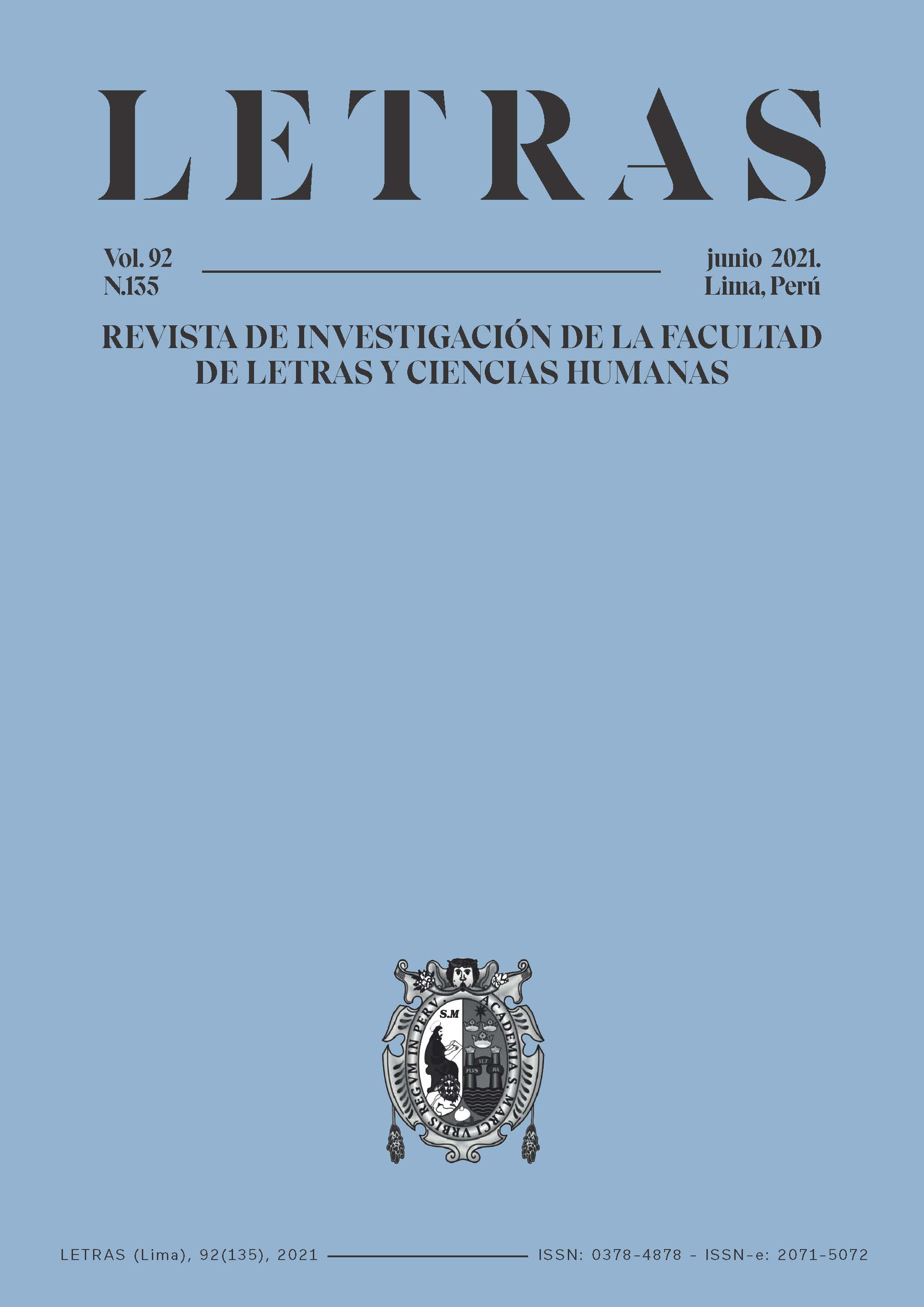Student and Leader: Abraham Valdelomar and University Education (1906-1913) Abraham Valdelomar
DOI:
https://doi.org/10.30920/letras.92.135.3Keywords:
Literature, Education, Intellectuals, University, Culture, Abraham ValdelomarAbstract
Abraham Valdelomar is recognized by the academic community thanks to his important intellectual production. At the same time, he is characterized as a controversial character of the early twentieth century, due to his bizarre behavior and peculiar way of dressing. Several studies have adequately analyzed the aesthetic content of his stories and essays; however, very few have investigated Valdelomar’s political activity, which began in his university days. He was a student at the School of Engineers and later at the Universidad Nacional Mayor de San Marcos, where, although he attended classes irregularly in both institutions, this did not exempt him from participating in important events, especially for the San Marcos community, such as the constitution of the University Center. The objective of this research is to describe Abraham Valdelomar’s experience as an engineering student, as well as his actions in San Marcos. We focus on the student elections for the Presidency of the University Center, where Valdelomar did not obtainthe majority support of his peers. Thus, we will reveal that the author of El Caballero Carmelo lost the student elections because he was labeled as a bad student, besides being accused by his rivals as a direct ally of Guillermo Billinghurst, who was president of Peru (1912-1914). San Marcos University, at that time, had a large presence of militants of the Civil Party, a political organization opposed to Billinghurst. For this work we will use the historical method, which will allow us a more adequate contextualization of the sources, newspapers and memoirs.Downloads
Published
2021-06-30
Issue
Section
Studies
How to Cite
Student and Leader: Abraham Valdelomar and University Education (1906-1913) Abraham Valdelomar. (2021). Letras (Lima), 92(135), 32-44. https://doi.org/10.30920/letras.92.135.3







